|
Hubby and I did a little traveling last week to seek out a location for my next historical novel. Searching Arizona is like receiving Christmas presents that just keep coming. We drove to Jerome. For those of you who have never heard of the town, don't feel bad, I had never heard of it, either. It's a treasure! Built on the side of a mountain and overlooking Sedona far in the distance, I felt like I was in a European village. Of course, I've never been to Europe, so I'm just speculating. I uploaded several pictures. Don't you just love the police car? I'm not sure if its really used or just for looks. I read some brochures about the history of the town and discovered it was once the copper mining capital of the world, with a few thousand residents, but when the copper mines played out, it became a ghost town in the 1950s until the hippies moved in. After the hippies, it experienced a revival and is now populated with many artisans, galleries, and restaurants. It's a lovely place--perhaps the setting for another book? Hmm.
In the valley below Jerome, we traveled through the "C" towns as I call them--Clarkedale, Cottonwood, and Cornville--on our way to Sedona. They are lovely towns with much history. There is a train that departs Clarkedale and travels the canyons of Sedona. We didn't have opportunity to ride it, but it's on our bucket list. Cottonwood's Old Town is wonderful and also on our bucket list to wander one day. Cornville, is a tiny hub with beautiful countryside. Blink, and you're already through the town. Our primary destination was Sedona and if you've never been there, you're in for a surprise. The terrain is nothing like the nearby "C" towns. Because of the iron in the soil, the countryside is red, it's rough, and it's incredibly beautiful. We took a road trip in a jeep with a guide to two vortices, side-by-side, that are said to be female and male (don't ask me to explain that; I haven't a clue). There is an ancient tree standing between the vortices whose branches and trunk are swirled. Of course, that kind of mystical stuff is something I love, so I started daydreaming a story combining history with a touch fantasy--how about a reclusive female healer of the 1800s living near the vortices, and a father whose last hope for his daughter is the healer. To add conflict, he must overcome great difficulty in finding the healer, even though he has little belief in such skill. Perhaps the story will one day come to fruition. Sigh.
5 Comments
I guess you've figured out I'm researching trains. Well, steam trains during the 1870s, to be precise. After an internet search, I discovered a train museum in Chandler, Arizona, and I couldn't wait to check it out. I wasn't disappointed! The volunteers at the museum were super friendly and informative. They had a steam engine from around the era I was researching, which you can see in the above photos. Something I didn't know is that the engineer and the fireman were seated across from each other, and the burner was between them (third photo). Imagine the heat as the fireman loaded the burner right there. Also, there was no opening to see out the front of the train. In the last picture above you can see the engineer's seat and his window to the outside. Something else I discovered is that when the engineer was coming into a station, a worker would place torpedoes (basically small explosives) on the tracks. The loud popping noises as the train ran over the torpedoes would alert the engineer to slow down. Another misnomer is that the engineer was the person in charge. Nope, it was the conductor who oversaw everything and everyone.
Below, other than the trunk, the pictures are from eras later than what I'm writing about, but just as fascinating. The second picture displays different seats from different train companies in an early 1900s coach. The third picture is sleeping quarters with a hide-a-potty. The last is from a personalized car. Wealthy people bought their own cars and made them magnificent; kind of like we do nowadays with RVs. Hopefully, I've gained enough information to keep from writing a serious error in my story with regard to travel via train in 1878. 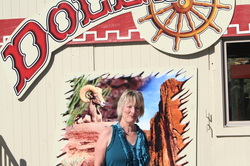 For my next series, I have set rigid writing requirements in order to have the first book released by February. The series is titled, Finding Home, and the first book is Cry of the West, which tells the tale and romance of Hallie Wells. Of course, I can always fudge my writing requirements if something interesting comes along...like today! To really get into my heroine's head, I'm enjoying the adventure of riding a (replica) steamboat. My heroine, Hallie Wells, is a grieving widow traveling with her young son to the Willamette Valley in Oregon on the famous Oregon Trail that begins in Missouri. Part of her journey includes traveling by Steamboat from St. Louis to Westport Landing, a jumping off point for the trail. So, although the steamboat I'm going to ride today is much smaller, it will allow me to partake of some of the emotions Hallie feels during her journey (I really get into my characters). I have set quite a task for myself in writing this series. It's intimidating to incorporate factual events, places, and sometimes people into fictional stories. It's so much easier writing about the familiar or even writing fantasy where you can create your own history. In dealing with history, there is always a margin for error in relating what has been researched. Here are some examples: What staples did the pioneers bring on their wagons. How did they cook their meals? What supplies did they include on their journey? How much was the cost of such items? What landmarks did they pass during their journey? What was the most difficult part of their travels? What kinds of animals pulled their wagons (or prairie schooners)? As I have discovered, sometimes what seems to be an obvious answer, is not, and the truth is far different that I thought. As you can see, there is much to be researched, but, oops, I almost forgot, I have a steamship to catch. I'll have to continue the research part later. If you would like to read an excerpt from Cry of the West: Hallie, please go to the books page or click here. |
Archives
May 2024
|
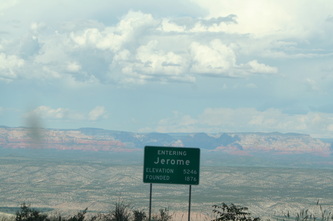
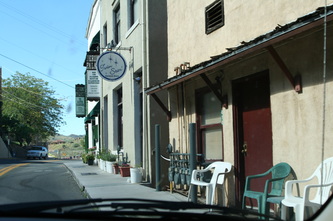
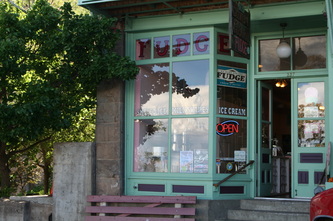
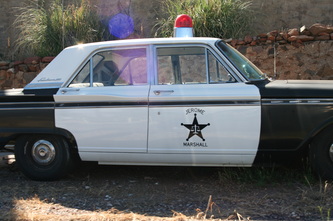
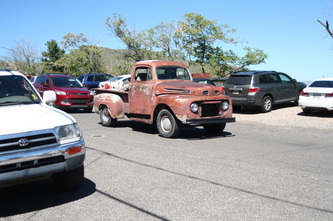
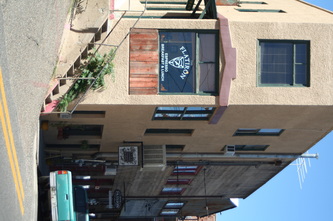
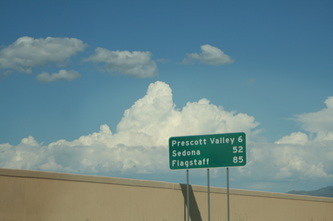
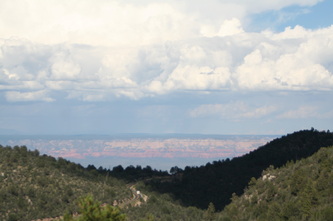
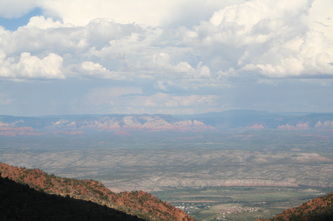
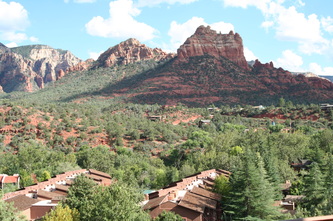
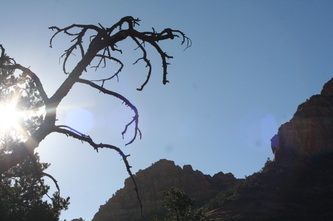
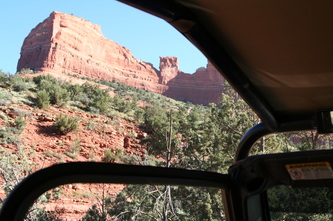
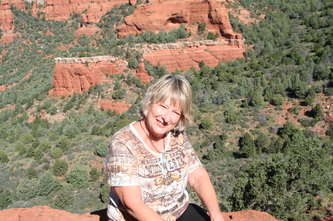
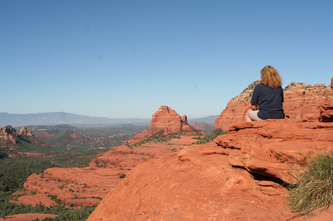
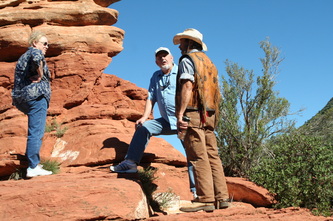
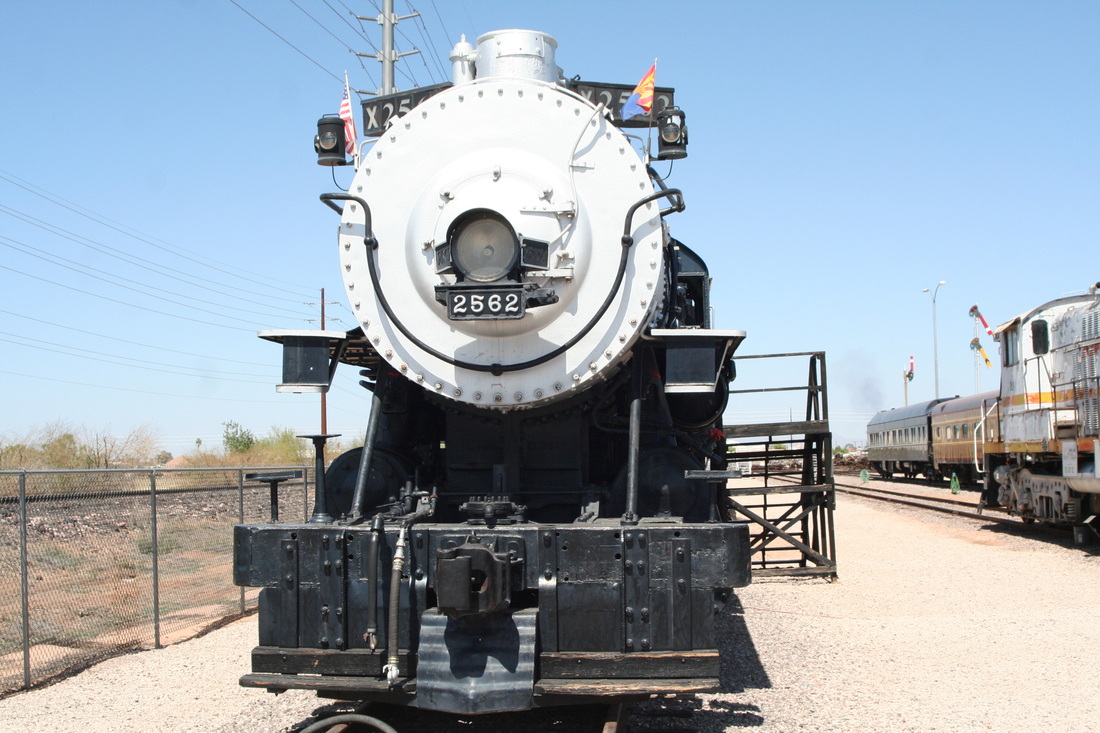
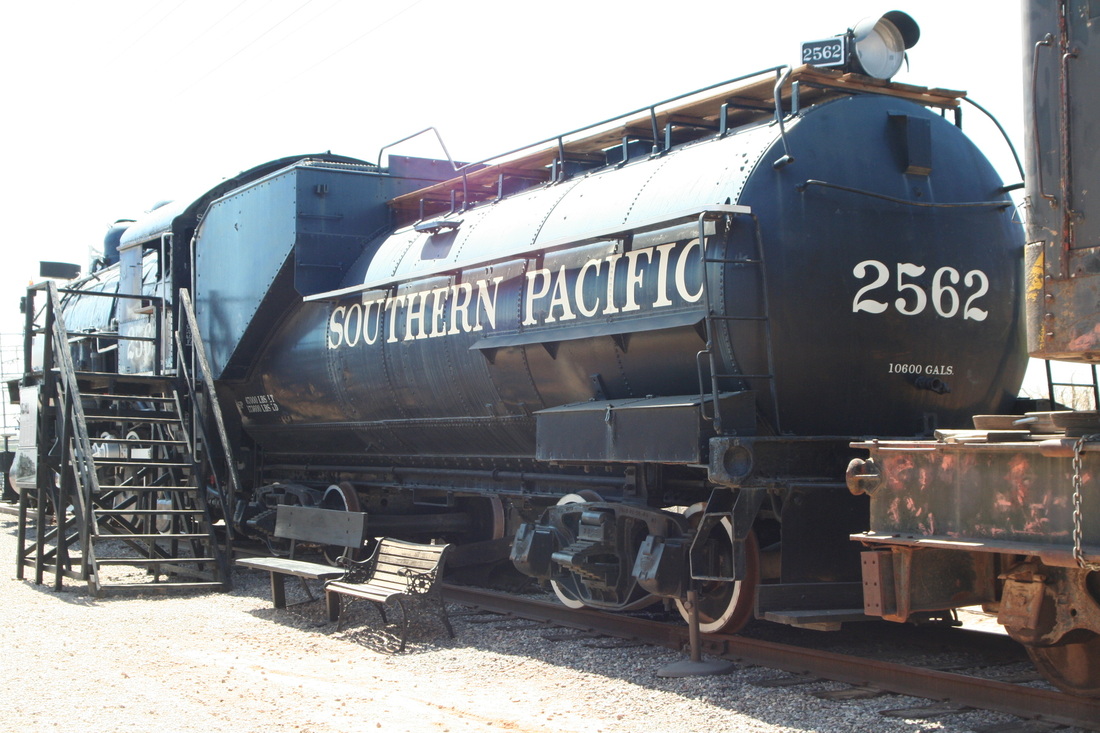
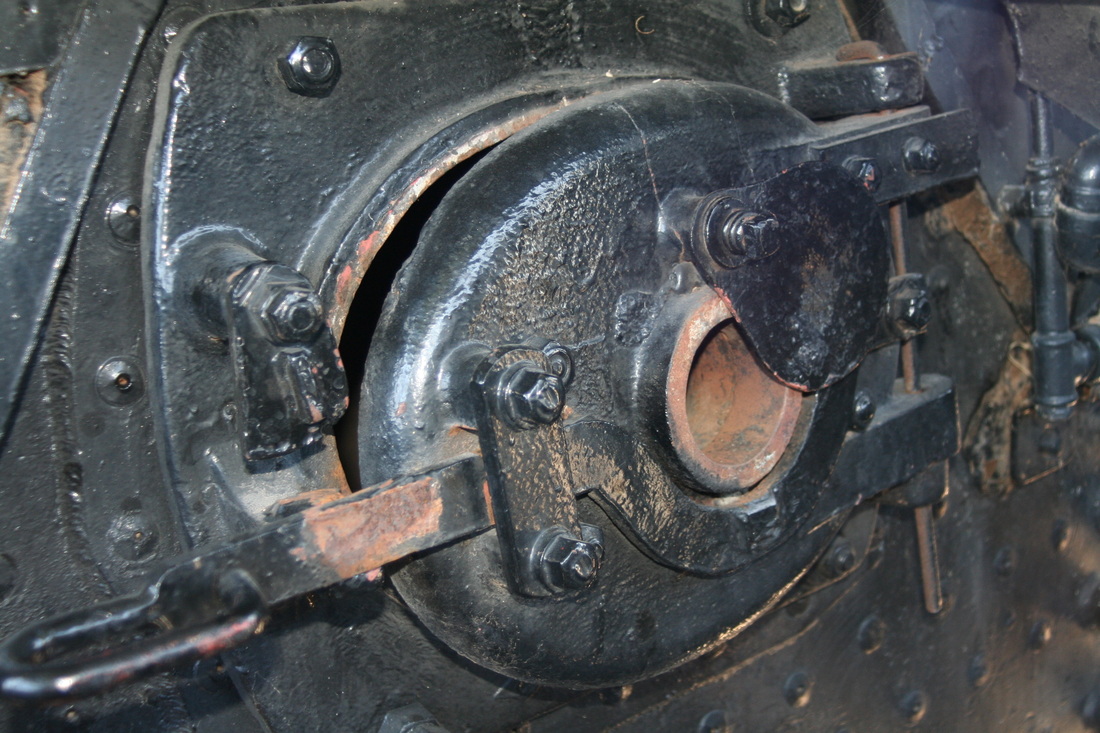
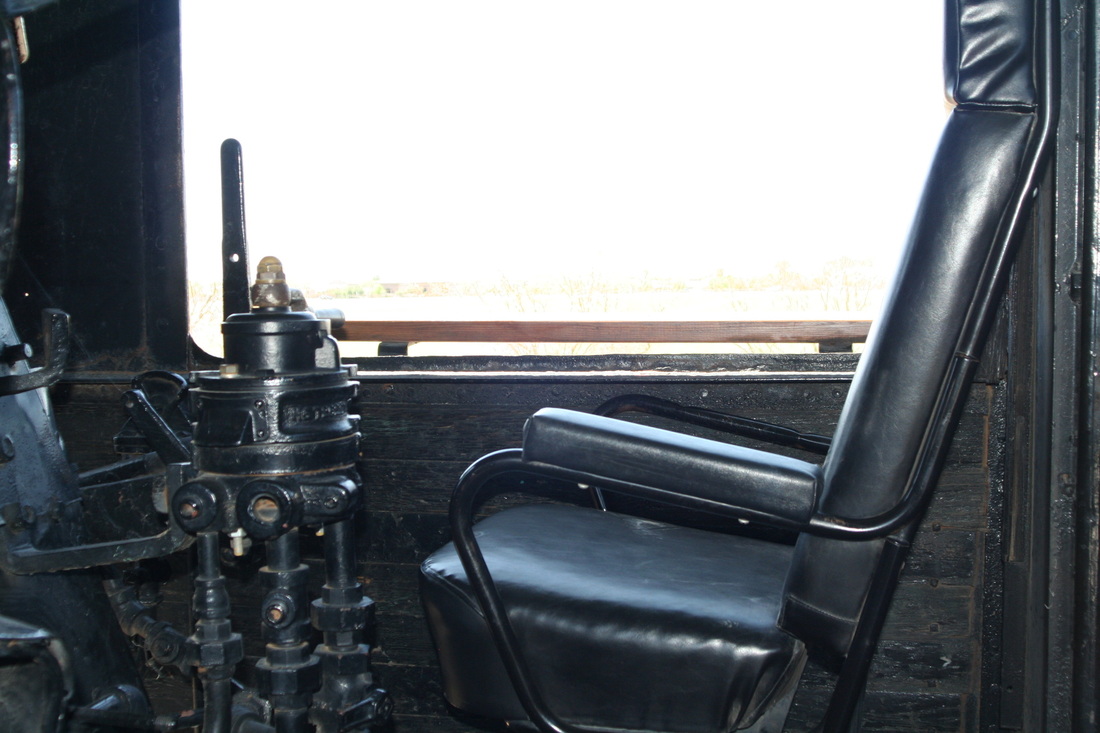
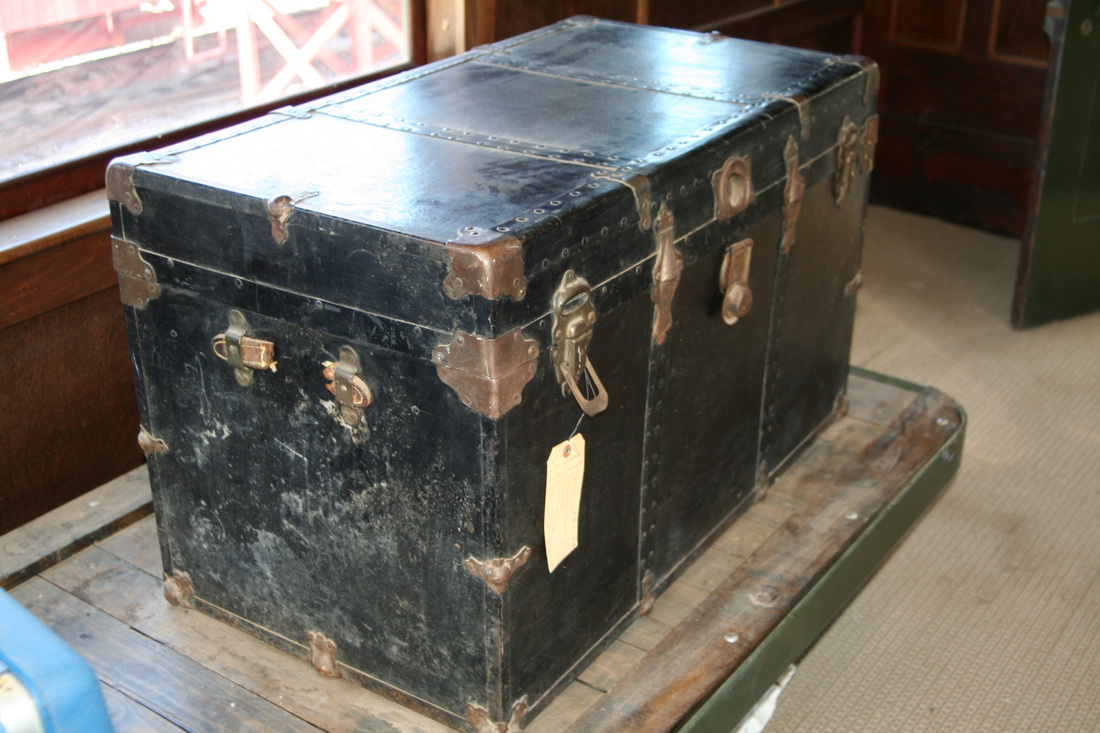
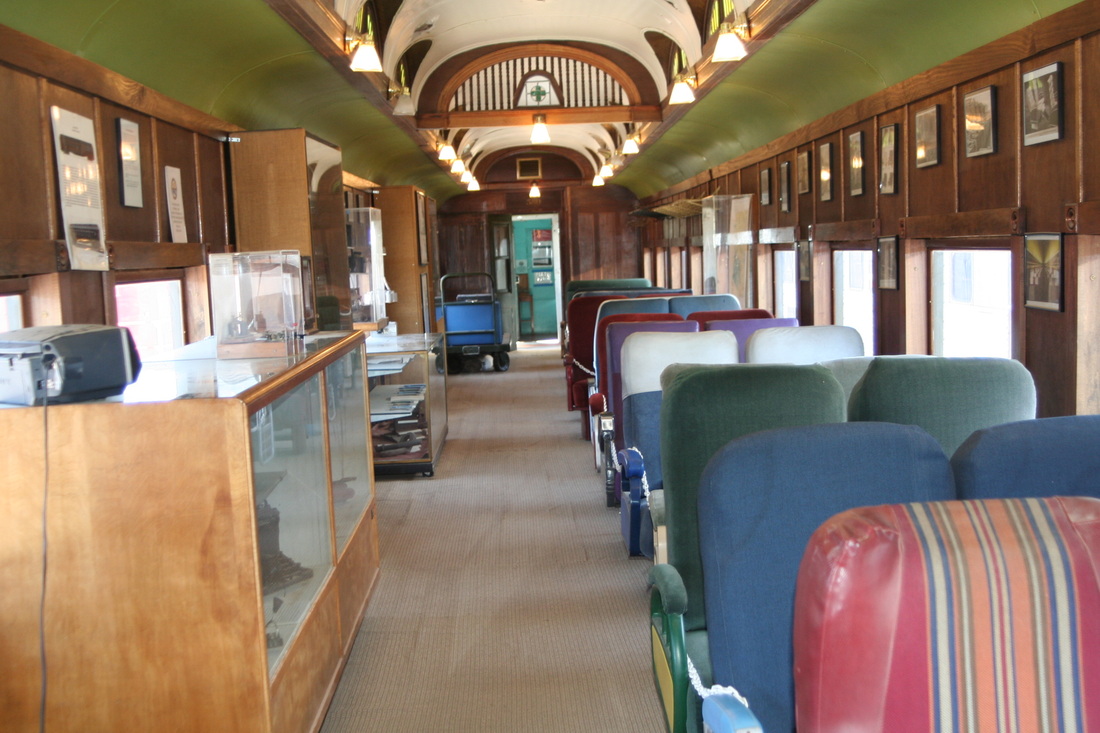
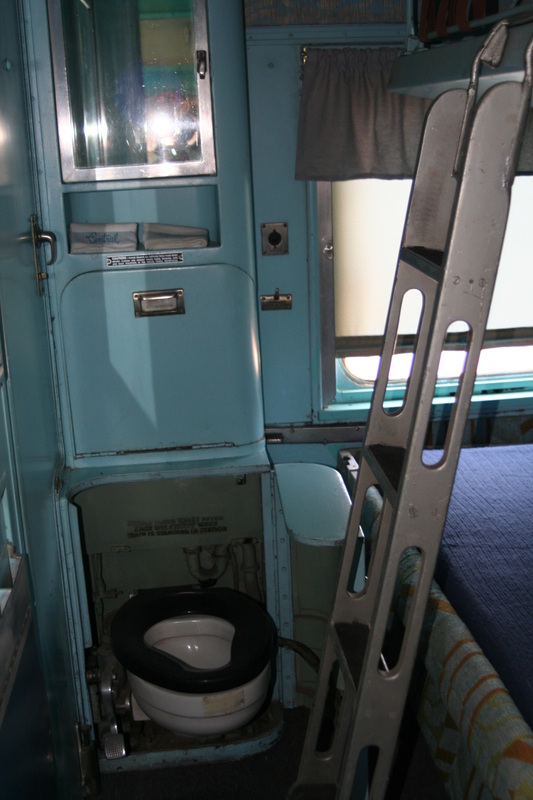
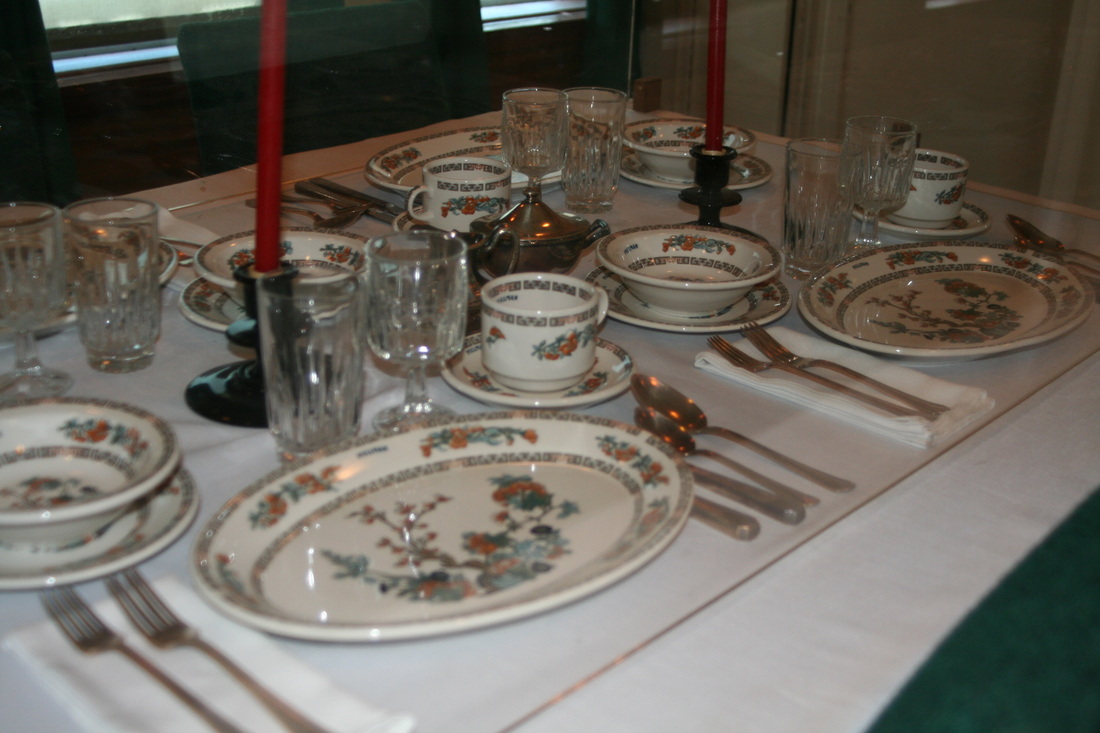
 RSS Feed
RSS Feed